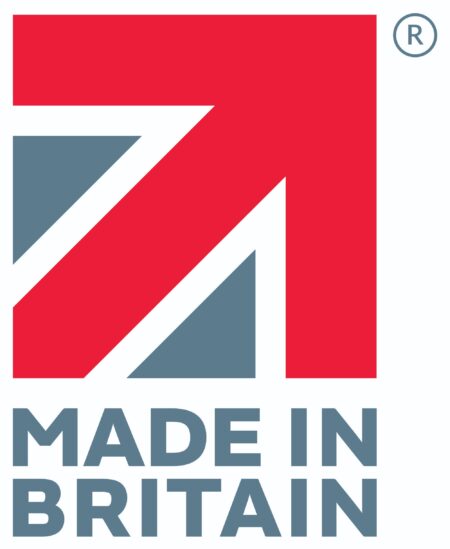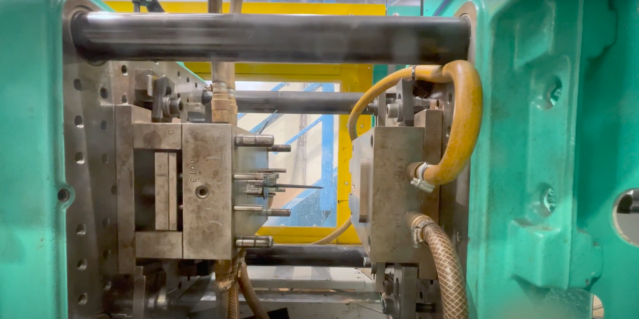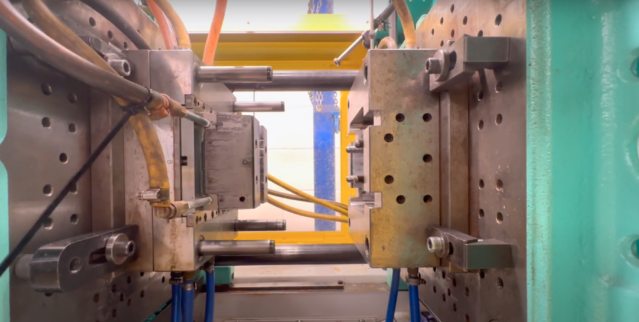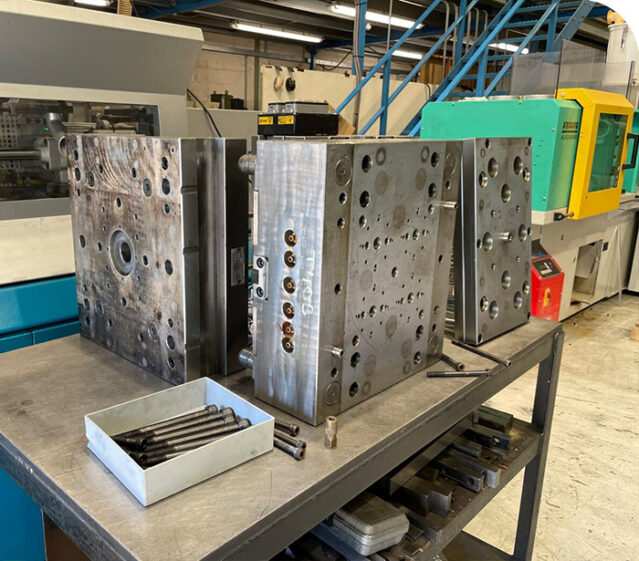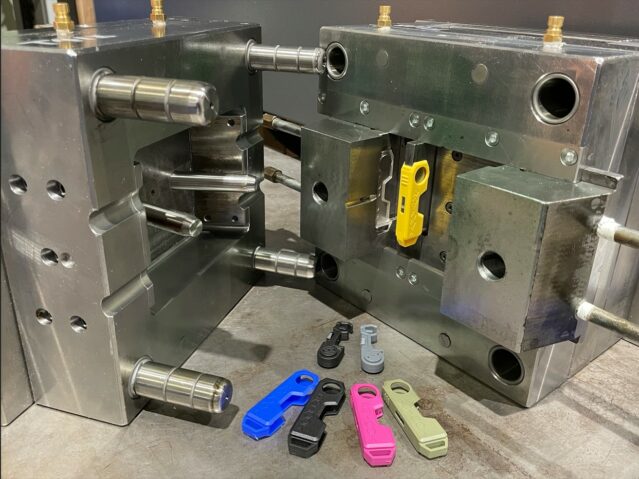19/03/2024
What is Plastic Injection Moulding?
Injection moulding is the most common manufacturing method to produce large volumes of identical parts. The process involves injecting molten plastic into a mould with tight tolerances and high precision. It is used to make plastic parts for a variety of industries such as automotive, medical, consumer goods, electronics and construction.
In this article, we explain the process of injection moulding, common materials used and which industries rely on this manufacturing method.
How Does it Work?
In simple terms, injection moulding is the process of melting plastic pellets and injecting them into a mould to create a solid shape.
Here's a quick breakdown of how it works:
- Choose the right raw plastic and mould for the part.
- The tool is loaded into the plastic injection moulding press and the plastic pellets are fed into the machine where they are heated.
- Molten plastic is then injected into the mould and held together under pressure for a set amount of time, whilst monitoring the temperature to ensure consistency.
- Pressure is released and the plastic part is cooled. The solid part is then ejected ready for packing or secondary operations.
Materials Used in Plastic Injection Moulding
Below are some common types of plastic used in injection moulding. They all have their own unique properties and are suitable for different applications.
- Polypropylene (PP) is a fairly low cost material that has good chemical and heat resistance. But it also has poor UV and can scratch easily.
- Acrylonitrile Butadiene Styrene (ABS) is very rigid and has good chemical resistance. It is commonly used to create products like LEGO blocks and computer keyboard keys.
- Polycarbonate (PC) is tough and transparent, making it a great material to use for electronic and automotive parts. But it is vulnerable to solvents and hot water.
- High Impact Polystyrene (HIPS), derived from standard polystyrene, has been modified to provide increased impact resistance, making it suitable for a diverse range of domestic and commercial products. However, it is not suitable for outdoor use.
- Low Density Polyethylene (LDPE) and High Density Polyethylene (HDPE) both belong to the PE family. LDPE's flexibility and chemical resistance make it suitable for trays, containers, plugs and pipes, while HDPE's higher tensile strength suits more rigid products.
- Nylon or Polyamide (PA) is a common engineering plastic known for high-temperature strength but brittleness at low temperatures. It is often used to make electrical components and automotive parts.
- Polymethyl Methacrylate (PMMA) is renowned for clarity and resistance to UV, but is prone to stress-cracking. It is commonly found in vehicle lights, safety glass and acrylic products.
Applications of Injection Moulding
Plastic injection moulding is used in many industries to produce large quantities of identical parts from a single mould. It is a versatile and efficient manufacturing method for large-scale production.
It is a common manufacturing method for products used in the automotive industry. From dashboard panels and door handles to exterior bumpers and trims. It's also used for toys, kitchenware and medical equipment like syringes.
Injection Moulding Advantages
Injection moulding offers many benefits that make it the preferred manufacturing choice for businesses.
- Cost-effective: the cost per unit is very low, especially when producing high volume.
- Design complexity: you have the capability to produce intricate designs with high precision on a large scale.
- Consistency: through tightly controlled parameters, injection moulding consistently delivers identical parts of high quality.
- Efficiency: After setup and testing, injection moulding can produce thousands of items per hour without wasting energy or materials.
Injection Moulding Considerations
Injection moulding is a great manufacturing method but there are several factors that you may want to consider:
- Initial setup costs: the cost to create a mould tool is quite a substantial investment. But once this has been created the cost per unit is very low.
- Production quantity: considering the quantity of units needed is essential in determining if injection moulding is suitable for your project. Injection moulding works best for high-volume part production.
- Environmental concerns: whilst many manufacturers are concerned about their environmental impact, some may not be. So it’s important to learn about the moulder’s sustainability efforts.
Injection Moulding at Bowles & Walker
Choosing the right injection moulder is crucial for your project's success. Here at Bowles & Walker, we're all about delivering high quality parts efficiently and consistently. We're also on a mission to become as sustainable as possible and reduce our carbon footprint. We've already implemented a range of sustainable practices, including using recycled plastic materials and renewable energy sources, like wind and solar power.
If you're looking for a reliable, environmentally friendly, UK-based injection moulder, look no further. Whether you have a new project or looking for a new manufacturer, reach out to us today by either filling out our contact form below or calling 01953885294. Let’s mould success together!

